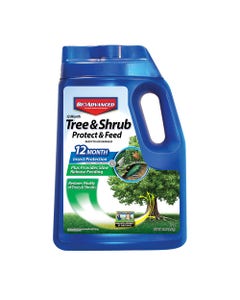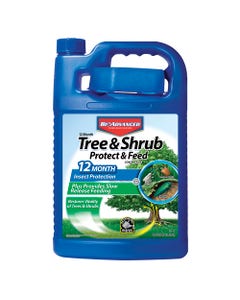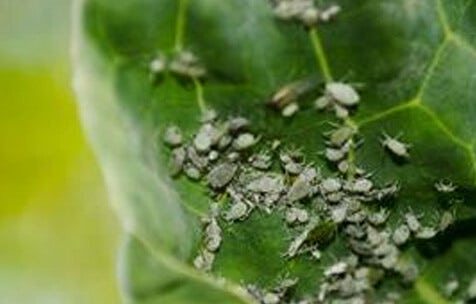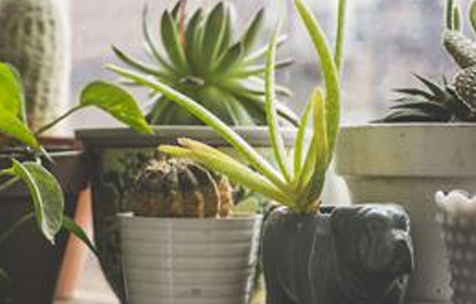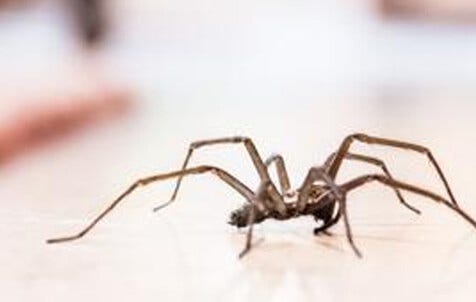

Cottony Cushion Scales
Cottony Cushion Scales are a soft scale insect. They get their name and appearance from the hundreds of white waxy egg sacks that mature females attach to their bodies.
Damage
Young crawlers (mobile immature stage) emerge from these sacks and feed on the sap found in the leaves and young twigs of trees and bushes, causing leaf and needle stunting and yellowing, twig and branch dieback and potentially death. They can weaken plants, making them susceptible to borers or environmental extremes. Cottony Cushion Scales is often confused with Mealy Bugs.
Plants infested with Cottony Cushion Scales often become coated in honeydew, a sugary substance excreted by the bugs, and the resulting Black Sooty Mold that grows in the honeydew. To control Cottony Cushion Scales, first treat during the crawler stage, and secondly, if present, control ants. In early fall, Cottony Cushion Scales move to overwinter in bark crevices and branch crotches.
Location
Cottony Cushion Scales are found throughout the United States but are most problematic in the Southeast and Southwest. Commonly infested plants include citrus, cocculus, nandina and pittosporum as well as some houseplants.
Similar or Related Pests
Mealy Bugs, Tea Scale, Magnolia Scale, Woolley Adelgid and Woolley Apple Scale
Cultural Solutions
- Outdoors, Cottony Cushion Scales are often controlled by beneficial insects, such as the Vedalia Beetle.
- Spraying insecticides, other than horticultural oils, may hinder biological control.
- For the best control measures in your area, contact your local cooperative extension.


